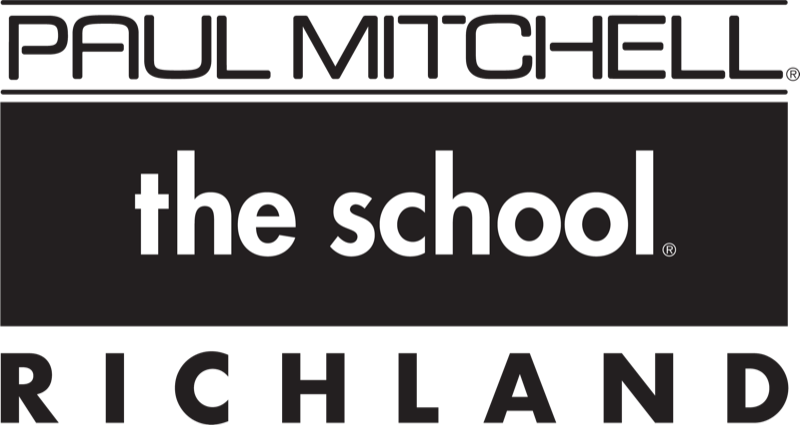INSTRUCTOR TRAINING COURSE DESCRIPTION
Standard Occupational Classification (SOC) 25-1194.00
Classification of Instructional Programs (CIP) Code 12.0413
The curriculum involves 600 hours to satisfy Washington state requirements. The course educates prospective cosmetology/esthetics/Barbering teachers to address the needs of students in the classroom and the clinic floor . Prospective teachers learn to utilize a system of forward-focused thinking and front-end coaching. By learning the methods of teaching cosmetology, the prospective teachers learn to engage students in the learning process and stimulate the discovery process with visuals, music, and/or hands-on activities
*Graduates are prepared to be an entry level instructor.
This course is taught in English. Textbooks and course materials are only offered in the English language.
INSTRUCTOR TRAINING COURSE OVERVIEW
Course Hours: 600 clock hours
The instructor training course is divided into three designations: Observation Theory, Psychology and Methodology, and Student Teaching.
INSTRUCTOR TRAINING COURSE OUTLINE
Your time at Paul Mitchell The School Richland instructor training course will be divided into three (3) designations:
- Observation Theory: This section focuses on learning by observing classroom and clinic floor instruction.
- Psychology and Methodology: These classes focus on the theory of teaching, using Milady’s Master Educator textbook, including weekly tests.
- Student Teaching: You will learn to write lesson plans and do actual teaching from your lesson plans. There will be a practical teaching evaluation of your teaching skills.
INSTRUCTOR TRAINING COURSE SUBJECTS
The instructional program of Paul Mitchell The School Richland meets or exceeds the state requirements.
| Subject | Theory Hours |
|---|---|
| 1. Choice of Teaching Methods: Understanding various teaching methods, including lecture, small group and individual instruction | 25 |
| 2. Classroom Setup: Utilizing effective classroom configuration to maximize participation, control and line of sight for multimedia | 25 |
| 3. Topic/Subject Matter: Lesson Planning | 25 |
| 4. Student Assignments: Designing and preparing student learning activities to enhance subject matter | 25 |
| 5. Materials and Supplies: Using multimedia tools, including display boards, overhead, video, powerpoint, 3D models | 25 |
| 6. Record Keeping: Grading assignments, maintaining records of assignments, entering grades | 25 |
| 7. Lecture Techniques: Presentation of lecture for small group and large class sizes | 50 |
| 8. Demonstrations: Performing technical, hands-on demonstrations in a student learning environment | 75 |
| 9. Questions and Answers: Stimulating conversation, mediating disagreement, designing effective questions to elicit class participation | 25 |
| 10. Project Methods: Designing learning projects and classroom activities to enhance subject matter | 25 |
| 11. Discussion: Involving students in classroom discussions effectively | 25 |
| 12. Clinic Floor Supervision: Checking student work, dispensary and front desk supervision, time clock monitoring | 100 |
| 13. Classroom Management: Control of the classroom enhance subject matter | 25 |
| 14. Client Relations: Dealing with clients as customers and as a learning opportunity for students, representing the school to the public | 25 |
| 15. Written and Practical Assignments: Understanding required standards for written assignments and step-by-step practical grading of services preformed | 50 |
| 16. Communication Skills: Respecting learners, understanding the difference in communication styles for different age groups | 25 |
| TOTAL HOURS | 600 |
The institution offers employment assistance to help graduates’ efforts to secure education-related employment that includes, but is not limited to training in professionalism, resume’ development, job interview preparation and job search skills.
INSTRUCTOR TRAINING PROGRAM TESTING AND GRADING PROCEDURES
The following tests and grading procedures are used to assess student learning and mastery of course content in the 600-hour course:
- Students must receive a grade of 75% or higher on each theory exam. Theory exams cover a review of Milady’s Master Educator Student Course Book.
- Students must receive a grade of 75% or higher on each final exam; final exams cover a complete overview of Milady’s Master Educator Student Course Book.
INSTRUCTOR TRAINING instructional techniques and methods
The courses are provided through a sequential set of learning steps which address specific tasks necessary for State Board preparation, graduation and job entry level skills. Clinic equipment, implements and products are comparable to those used in the industry. Each student will receive instruction that relates to the performance of useful, creative and productive career oriented activities. The course is presented through well-developed lesson plans that reflect the latest
educational methods. Subjects are presented by means of lecture, demonstration, and student participation. Audio-visual aids, guest speakers, field trips, and other related learning methods are used in the course.
